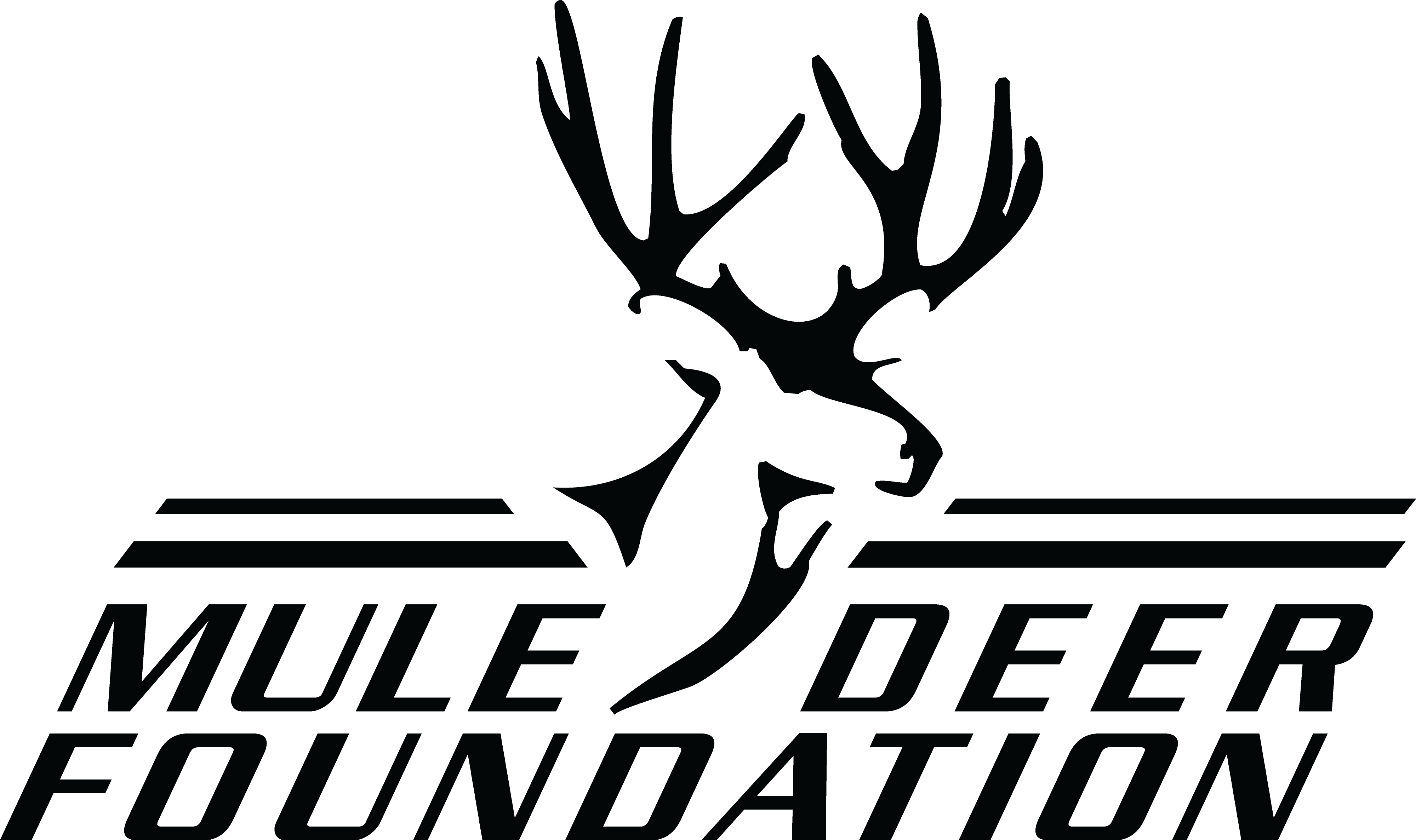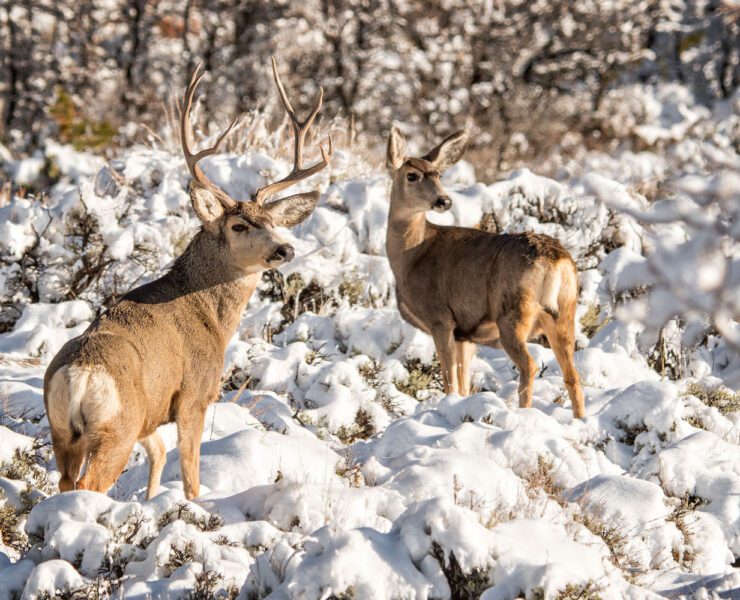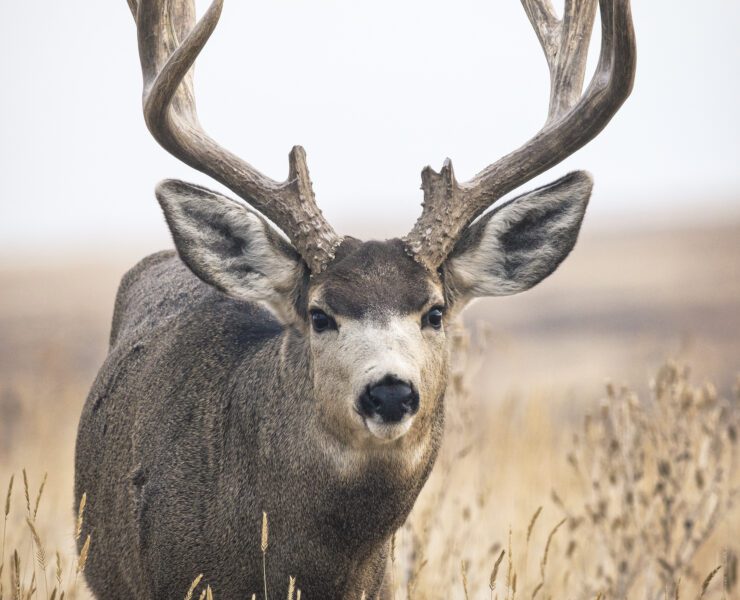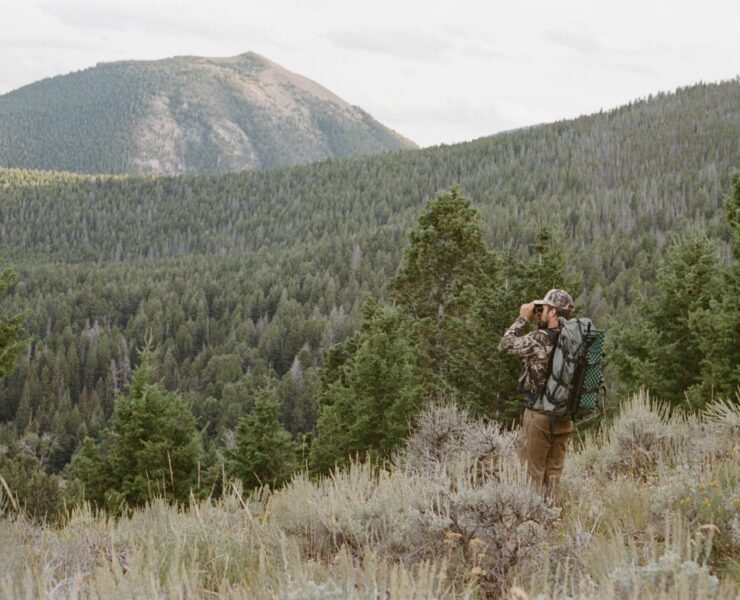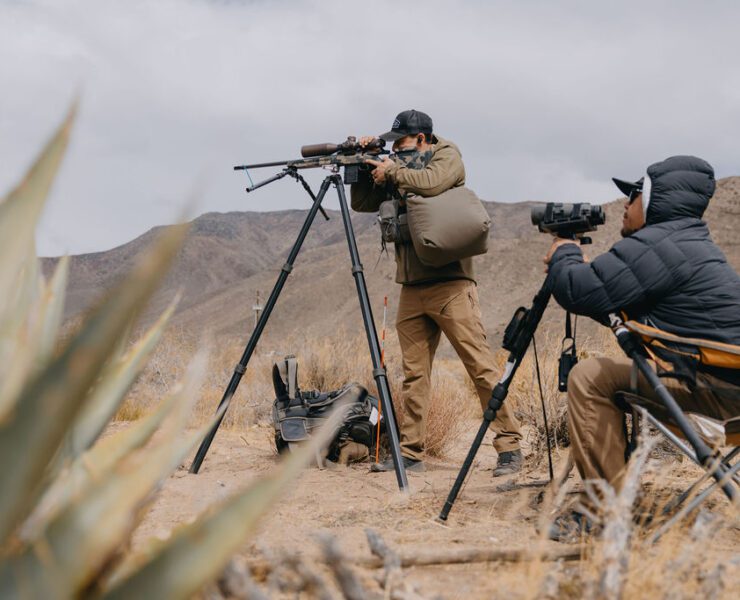Conservation
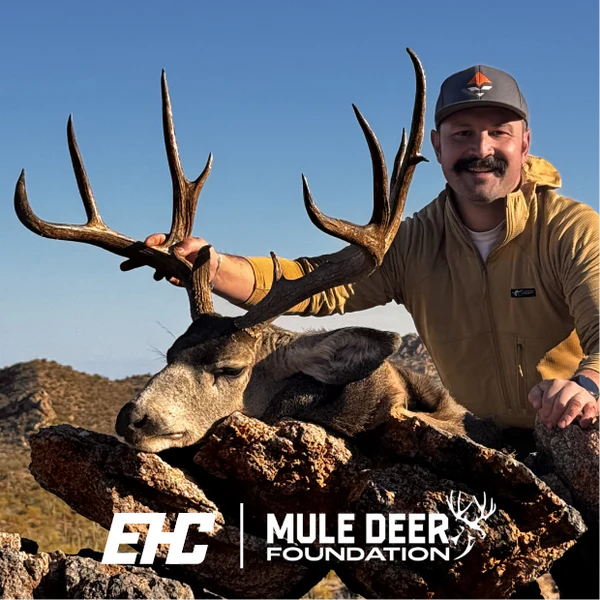
The Mule Deer Foundation is proud to share an incredible opportunity for those who dream of hunting the legendary giants of Sonora, Mexico. Known for producing some of the biggest mule deer bucks in North America, Sonora offers the perfect combination of rugged desert landscapes, prime winter rut timing, and expert local guides who know exactly where to find world-class animals.

If you want to understand the pressure mule deer are under these days, don’t look to the Rockies or the high sage basins of Montana — head straight into the heart of the Great Basin. This sprawling region covers much of Nevada and western Utah, and while it may look vast and empty, for mule deer it’s ground zero for one of the most dramatic population declines in the West.
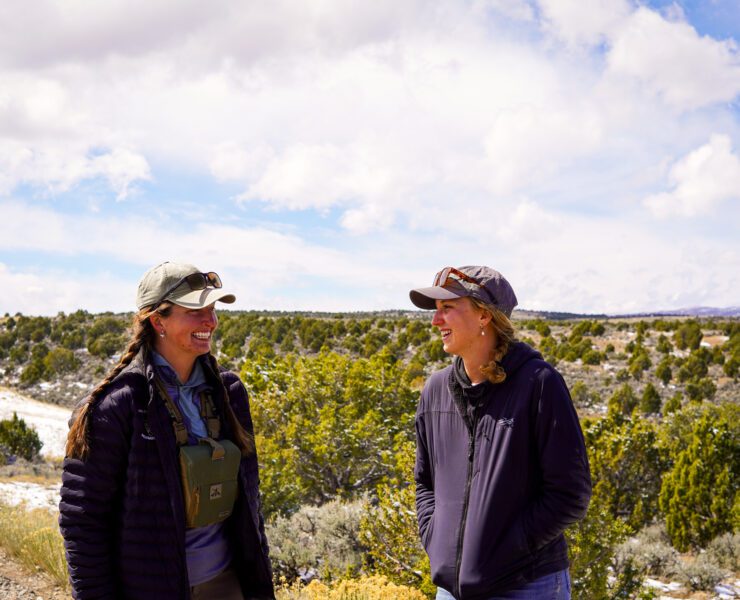
“People call this the Mule Deer Factory of Colorado!” she laughs. It’s an apt title: Mule deer in Rio Blanco County outnumber people by many thousands. They are surely hidden in the landscape here, along with many other creatures that depend on healthy sagebrush habitat—like greater sage-grouse, an enormous and ornate grouse species that is entirely limited to sagebrush.
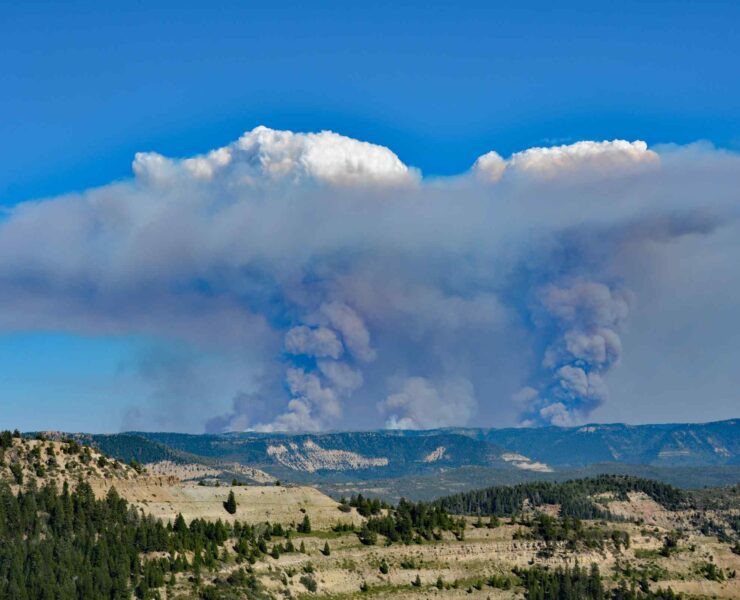
Wildfire is a powerful and often misunderstood force on the Western landscape. For mule deer, fire can be both a threat and a benefit. While flames may scorch winter range, destroy cover, and reduce food availability in the short term, fire also plays a regenerative role—creating lush, nutritious vegetation that deer depend on.
Understanding how wildfires affect mule deer habitat is critical to long-term conservation efforts. As wildfires increase in size and frequency, land managers and wildlife professionals must carefully weigh the risks and benefits to ensure mule deer populations remain healthy and resilient.
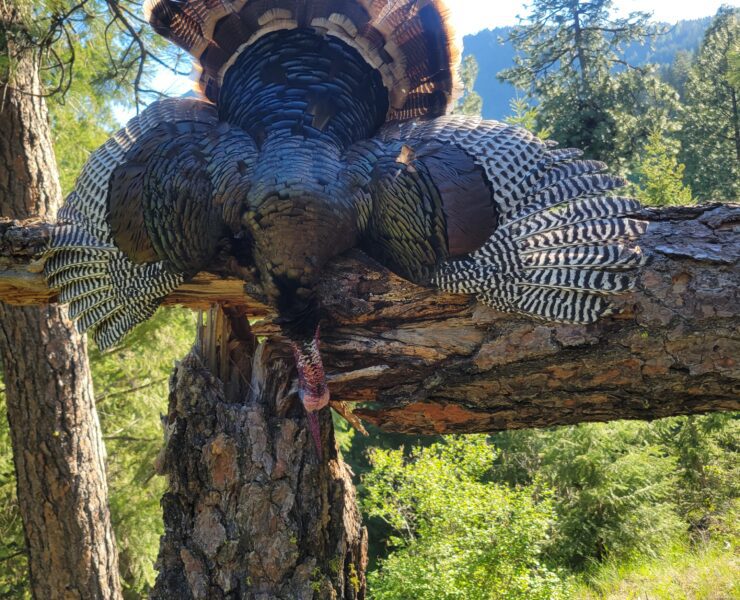
As the hot afternoon sun beat down on my face, a burning bead of sweat rolled its way down my forehead and found its way into my eye. It was a very unseasonably warm mid-May afternoon in Idaho. I had just hustled home from work, jumped into my camo ninja suit, and practically ran up the mountain to my honey hole, where I hoped to bag a late season gobbler. It was hot and dry, and to be honest, I was very much doubting the likelihood of success.
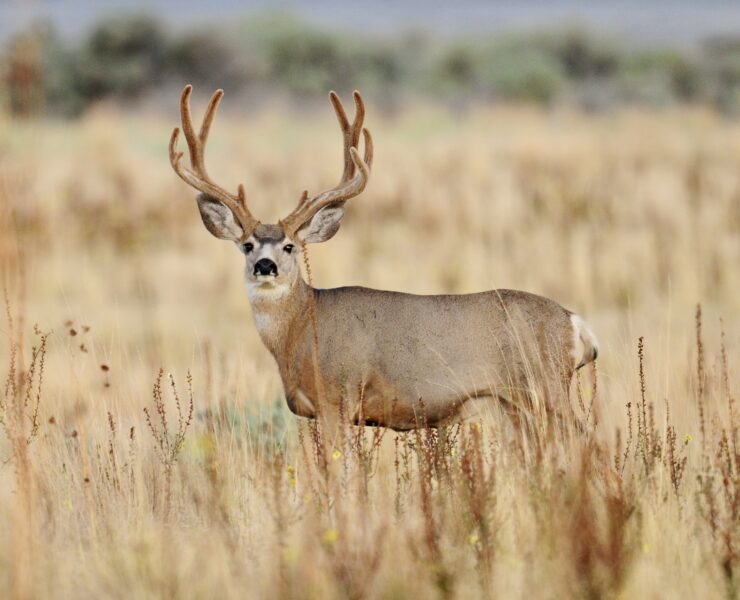
f you’ve spent any time on the eastern prairie breaks or the steep ridges of western Montana, odds are you’ve crossed paths with mule deer. They’re woven into the landscape here. To we fortunate few who have invested in this land these critters are not just as a game animal, but a part of what makes the West wild. Like a lot of things in Montana, their story is one of peaks, valleys, and a changing environment.
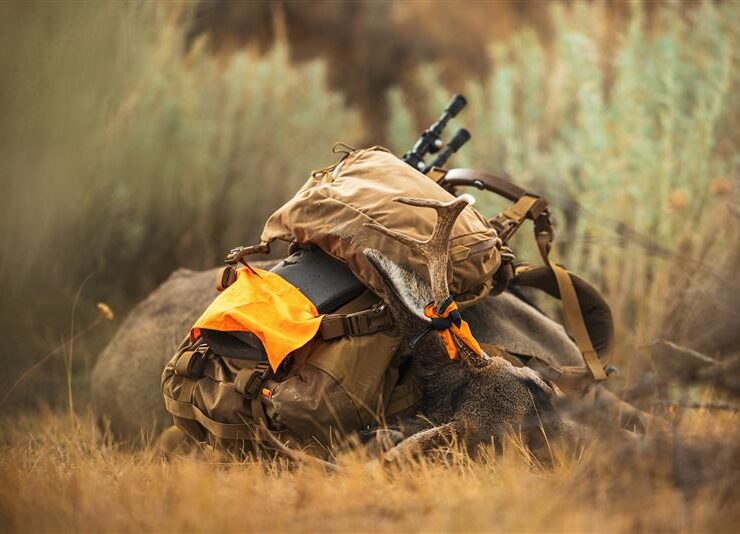
With tag draw results coming in across the West, odds are some of you are holding onto a hot tag and plotting your fall adventure. Whether it’s your first time chasing high country bucks or you’re a seasoned veteran heading back to your favorite canyon, the right gear can make all the difference between a successful, enjoyable hunt and a miserable slog. Lucky for you, you’ve landed in the right place; at the Mule Deer Foundation, we not only care about conserving the species we all love, but we also live this lifestyle 365 days a year.


